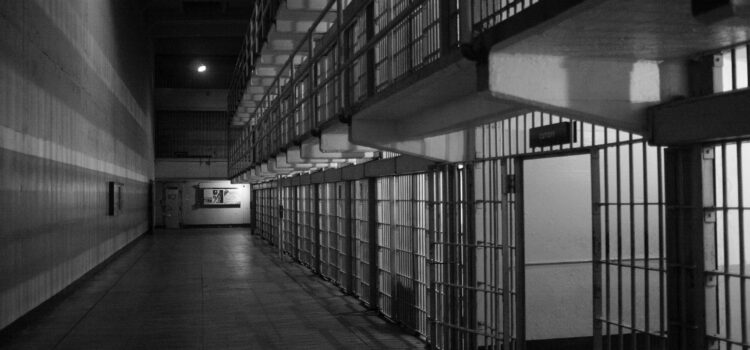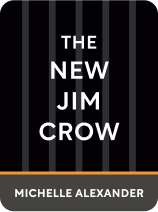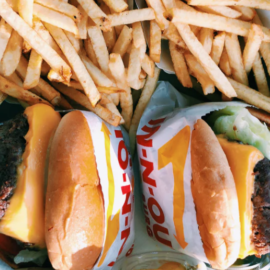

This article is an excerpt from the Shortform summary of "The New Jim Crow" by Michelle Alexander. Shortform has the world's best summaries of books you should be reading.
Like this article? Sign up for a free trial here .
What is The New Jim Crow book and what is it about? What are the new Jim Crow laws?
Modern day Jim Crow is a term that refers to laws that effectively amount to racial segregation. What is The New Jim Crow book saying about this? Alexander argues that a racially biased justice system is the modern day Jim Crow.
So, what is The New Jim Crow? Keep reading to find out.
What Is The New Jim Crow?
Here’s how modern day Jim Crow works:
- Use the War on Drugs to arrest large numbers of black men. Promote this through 1) strong financial incentives to stakeholders and 2) legal protection of discretion in law enforcement and prosecution.
- Generally, as long as racial discrimination is not explicitly stated, actions biased by race are allowable.
- What are the new Jim Crow laws and legal protections? Race is allowed to be a factor in stopping vehicles as long as it’s not the sole factor; probable cause is sufficient to justify stop and searches, regardless of intent of the officer; lawyers can strike jurors on arbitrary peremptory challenges as long as it’s not explicitly racist.
- In essence, black men are made criminals at higher rates than white men, despite not having significantly higher rates of drug crime.
- Hand down disproportionately harsh sentences to black men, and limit effective legal representation for them.
- As one example, before 2010, 5g of crack cocaine (associated with black people) and 500g of powder cocaine (associated with white people) earned the same 5-year minimum sentence – a literal 1:100 ratio. Analysis of risk of arrest.
- Impose sanctions on ex-criminals outside of prison – like removing access to public housing, welfare, job opportunities, and the right to vote.
- This prevents reintegration, encourages recidivism, and may actively promote crime.
As a result, black people are pushed into the system and kept within it. They are arrested more frequently, handed heavy sentences, then discriminated against when they leave prison.
In turn, their children are heavily disadvantaged as a result and similarly forced into the system; and so the cycle perpetuates.
Supporting and Fighting the System
Insidiously, because the current system does not have an explicit racial bias, it’s assumed to be colorblind. Exceptional black achievers like President Obama and Oprah imply that a racial caste no longer exists. This causes a consensus that criminals choose a life of crime and are not being systematically discriminated against. Furthermore, there has been historical black support for the war on drugs.
What is The New Jim Crow book saying about how to end this system? Alexander argues that ending the modern-day Jim Crow system requires broad public consensus that the war on drugs has produced a racial caste and must be dismantled entirely. She doesn’t offer how technically to achieve it, but she does argue that solitary battles like affirmative action will not win the war.

———End of Preview———
Like what you just read? Read the rest of the world's best summary of Michelle Alexander's "The New Jim Crow" at Shortform .
Here's what you'll find in our full The New Jim Crow summary :
- How the US prison population increased 10x in 30 years because of harsh drug policies
- How being "tough on crime" was deeply motivated in discrimination against black people
- Why being convicted for a crime is essentially a life sentence of poverty and return to prison






